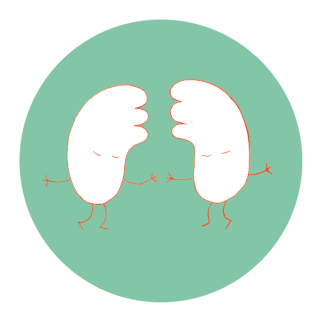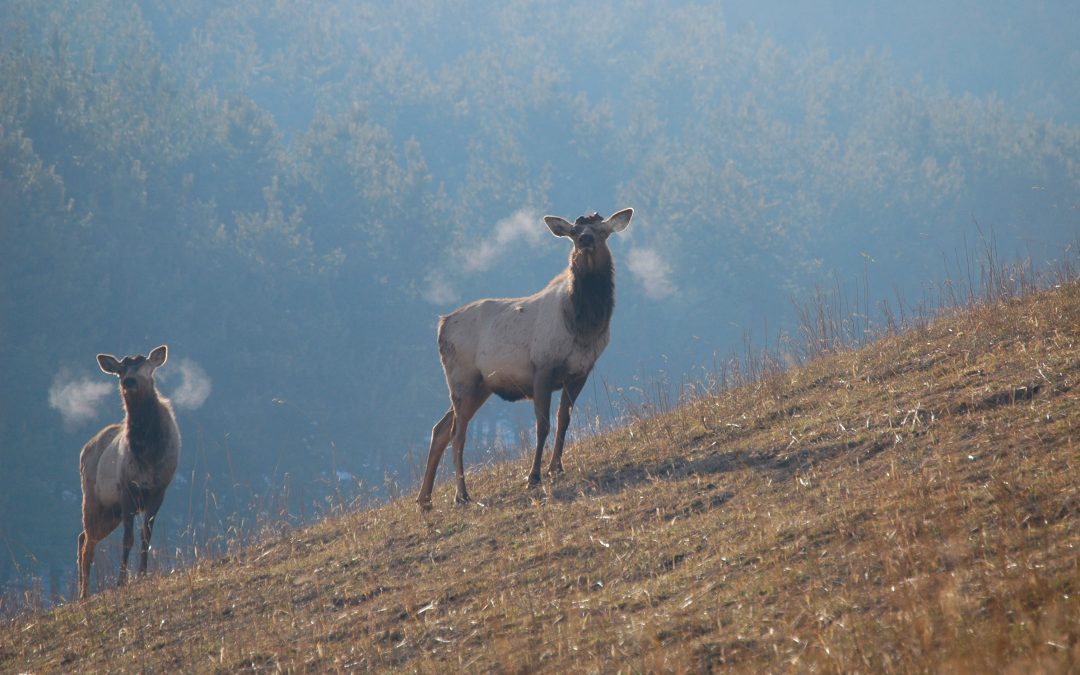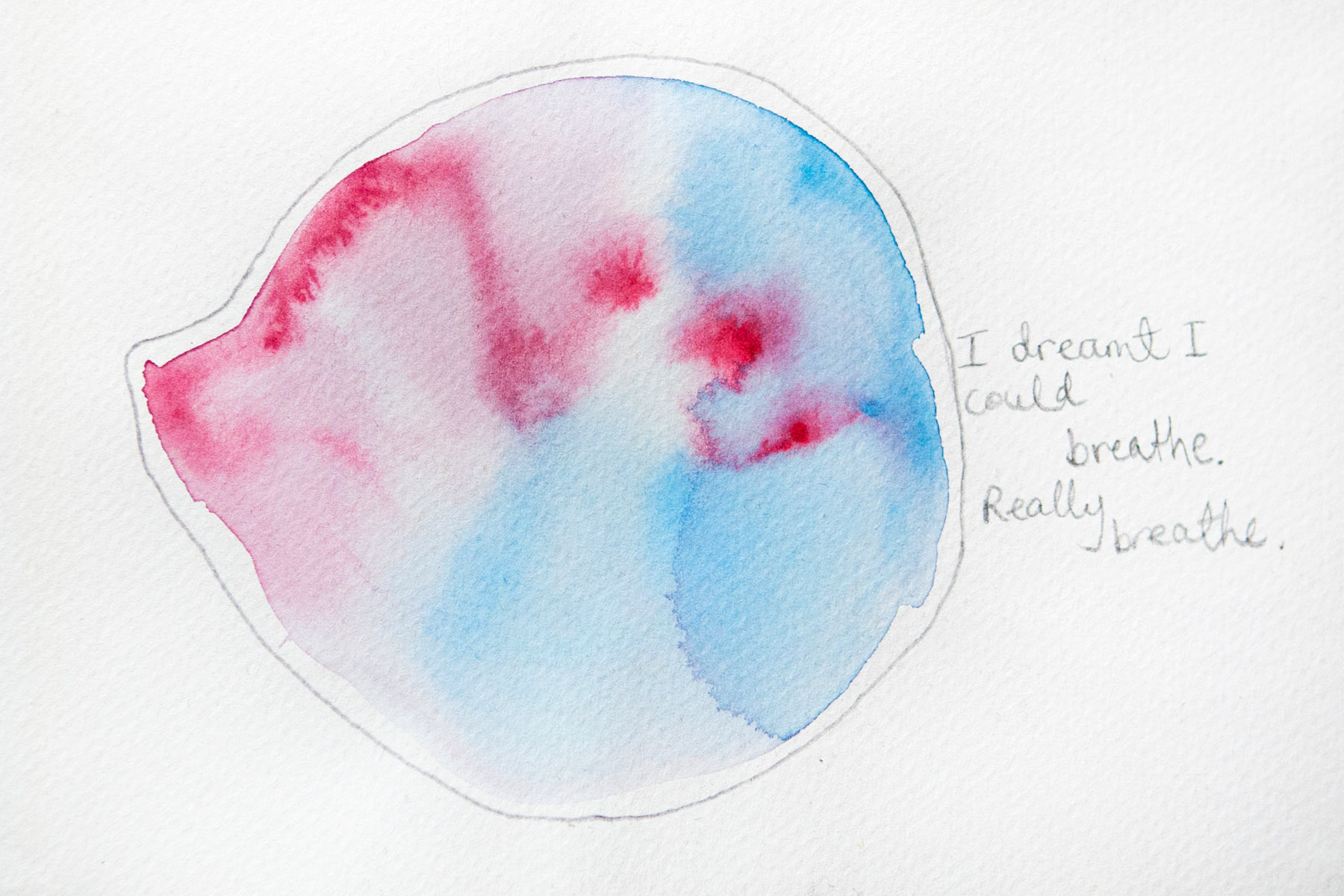In the article How Bat Breath and Guano can Change the Shapes of Caves in EOS magazine, JoAnna Wendel reports that the excretions of bats and birds, called “guano”, as well as their breathing, erodes rock and thus changes the shape of caves:
“Researchers working in caves in Borneo and elsewhere are finding evidence that biological processes shape many tropical caves by slowly eating away at surrounding rock.
Sixty meters below the ceiling of Gomantong cave, where hundreds of thousands of bats and birds roost, sits a towering mound of bat and bird guano. It can rise 10 to 12 meters high and crawls with thousands upon thousands of cockroaches and microorganisms. As these organisms decompose the guano, the droppings become acidic, full of nitric and phosphoric acid. This acid mixture slowly eats away at the cave walls, creating undercut features much like the way ocean waves erode limestone cliffs.
Although it may seem counterintuitive that a tiny animal’s bodily excretions could alter the geomorphology of a rock-walled cave, scientists are coming up with growing evidence that in some tropical caves, given enough time, that’s exactly what happens—and in a big way. Although researchers have devised ways to estimate the speed of the transformation in recent years, they have now embarked on experiments to directly measure the rate at which living creatures reshape the caves they inhabit.
Read More








